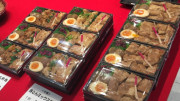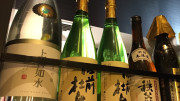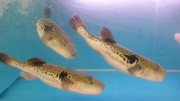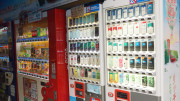Probably the best known of the Japanese foods to westerners are Sushi and Sashimi. Over recent years, these dishes have become popular, if not fashionable in many of the big cities around the world. Many people think Sushi is raw fish, but it isn’t (although it can contain it). Sushi is really a range of small rice based finger foods in a variety of shapes and styles. On the other hand, Sashimi is usually only freshly prepared thin slices of raw fish.
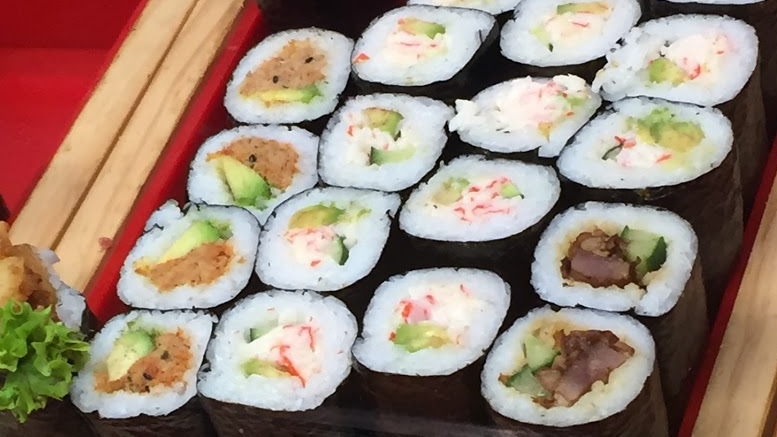
Westerners will be more familiar with sushi being a dried seaweed sheet or “Nori” wrapped in a cylinder shape around some rice and a collection of seafood, meat or vegetable in the centre. But sushi is so much more, and there is a diverse range of shapes, types, fillings and flavours. The term sushi refers to food prepared with sumeshi or sushi meshi which is vinegared rice.
Sushi is made from cold rice that has a little sugar and vinegar added after cooking, combined with a topping or filling of fish, seafood, meats, vegetables, or even egg. The topping may be raw, cooked, or marinated. The toppings are sometimes simply served scattered in a bowl of rice, but more commonly it is rolled in the rice and nori seaweed sheet or laid onto the top of hand formed clumps of rice. Vinegared rice is actually the only common ingredient between all the types of sushi.
Some of the more popular Japanese Sushi include:
Nigirizushi (hand-formed sushi). This is one of the most typical form of sushi. Nigirizushi is an oblong mound of sushi rice that is pressed between the palms of the hands. A speck of wasabi and a thin slice of a topping, normally seafood is placed on top. Sometimes the nigirizushi it is tied up with a thin band of nori.
Makizushi (rolled sushi). This is what most western people are used to and found in Japanese restaurants and cafés all over the world. It is a long tube of rice and filling roll with a nori seaweed sheet outer. The filling can contain just about everything, although avocado is rarely used, not like the type found in the west.
Temaki (hand rolls). Temaki is a large conically shaped piece, with a nori seaweed sheet wrapped on the outside and the ingredients spilling out the wide end. A typical temaki is about ten centimetres long and is eaten with the fingers since it is much too awkward to pick up with chopsticks.
Uramaki (inside-out rolls). A medium-sized cylindrical piece, with two or more fillings. The filling is in the centre surrounded by a liner of nori, then a layer of sushi rice, and an outer coating of some other ingredient such as roe from a variety of fish or toasted sesame seeds.
Oshizushi (pressed sushi). This is a rice block that is formed using a wooden mould which is called an oshibako. The chef lines the bottom of the oshibako with the topping, covers it with sushi rice, and presses the lid of the mould down to create a compact, rectangular block. The block is removed from the mould and cut into bite-sized pieces with the topping facing upwards.
One of the most popular and fun types of restaurants serving sushi is the sushi train restaurant. Here, a huge variety of prepared sushi move around on a conveyor belt past the diners, set on top of different coloured plates. The customers choose the sushi they want as it passes. At the end of the night, the different priced coloured plates are all added up to calculate the price you need to pay to the cashier. It’s a brilliant way to experiment with different types of sushi and most of all fun.
Sushi is even considered a breakfast food in Japan and is readily available freshly prepared or even found plastic wrapped in all convenience stores and most supermarkets. Most sushi range in price from about 100 Yen to 500 Yen depending on the ingredients and style.

